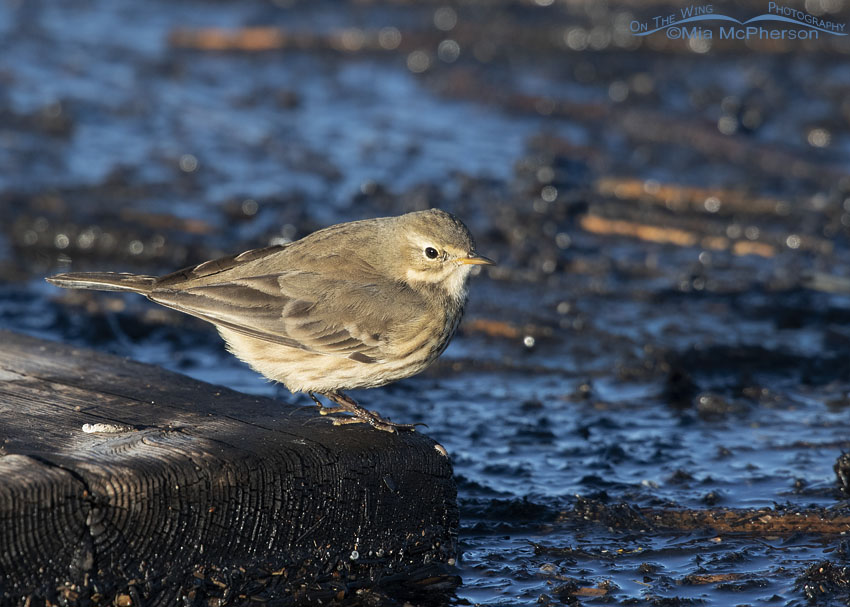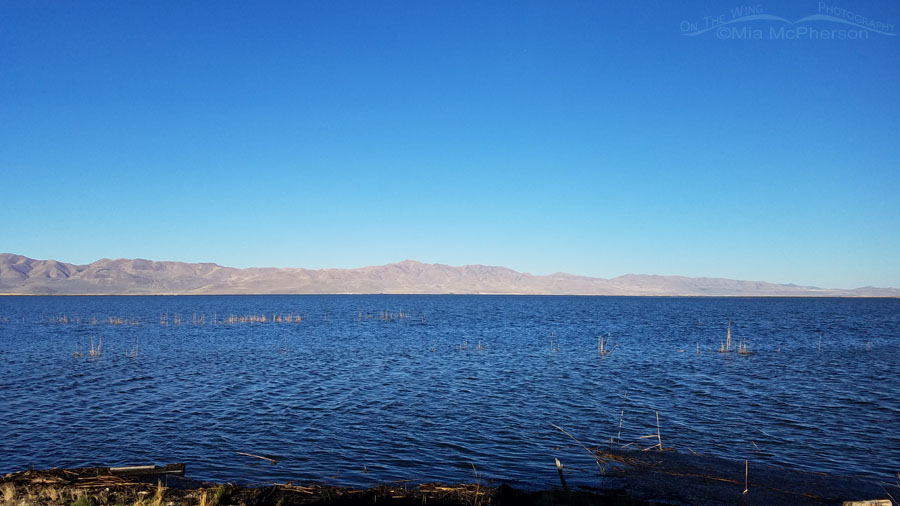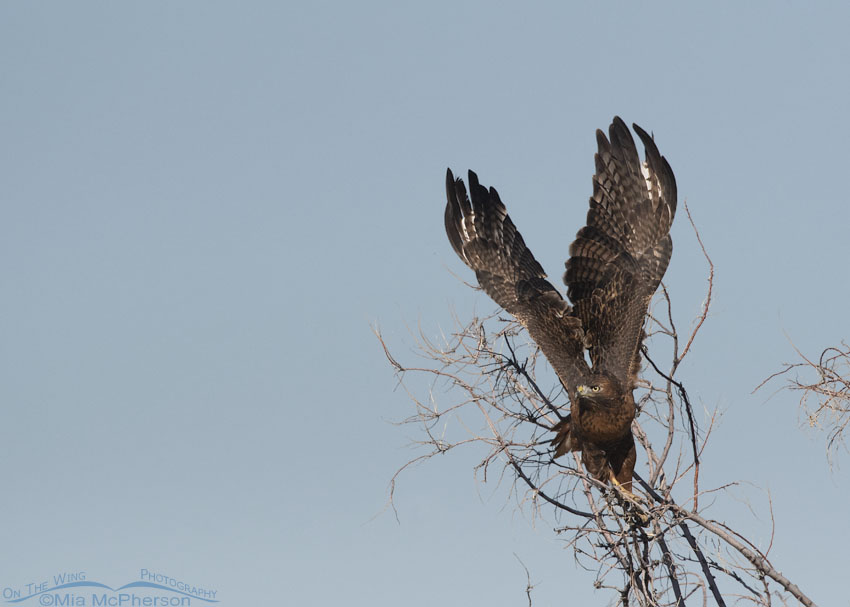My big excitement yesterday morning was seeing my first, second and third of the year Rough-legged Hawks at Bear River Migratory Bird Refuge and the next thing was seeing all the changes that have happened at the refuge since my last visit. The last time I was at the refuge was in August when it was still dry, they have allowed the water to flow back in since then.
 Second of Year Rough-legged Hawk – Nikon D500, f7.1, 1/1000, ISO 800, +0.7 EV, Nikkor 500mm VR with 1.4x TC, natural light, not baited
Second of Year Rough-legged Hawk – Nikon D500, f7.1, 1/1000, ISO 800, +0.7 EV, Nikkor 500mm VR with 1.4x TC, natural light, not baited
When I found my first of the year Rough-legged Hawk it was along the road to the auto tour route, it lifted off from the ground and flew past in the pre-dawn light so I wasn’t able to photograph it. The second one was perched on a sign on a dike but I wasn’t able to get a great angle of light on it or get close enough to take high quality images of it but I am delighted that these arctic nesting birds have returned to Utah and hopefully I will be able to take many photos of them while they are here for the winter.
Of note, I saw more Rough-legged Hawks yesterday than I did Clark’s & Western Grebes, I actually saw only one Western Grebe and you have to know that is strange. I hope they had a great nesting season somewhere else.
 American Pipit in early morning light at Bear River MBR – Nikon D500, f7.1, 1/800, ISO 800, +0.7 EV, Nikkor 500mm VR with 1.4x TC, natural light
American Pipit in early morning light at Bear River MBR – Nikon D500, f7.1, 1/800, ISO 800, +0.7 EV, Nikkor 500mm VR with 1.4x TC, natural light
And I heard and saw plenty of American Pipits along the auto tour route yesterday morning, a few were even cooperative along the southeast section of the loop.
 Wide open view at Bear River MBR Fall 2018 – Samsung Edge cell phone picture
Wide open view at Bear River MBR Fall 2018 – Samsung Edge cell phone picture
I wasn’t quite expecting all the changes that I saw from the auto tour route though. I knew there had been burns to help mitigate the invasive phragmites but I wasn’t prepared for how much of it would be gone. There are huge, wide open views now where there used to be large stands of phrags and that is especially noticeable on the south sides of the auto tour route, less so in other areas.
Prior to the burns I could not see this far from this area of the auto tour route because there were phrags in the way.
Birders and bird photographers should note that much of the cover that birds like Marsh Wrens, rails and other birds used for nesting is gone and that the vegetation that some bird species use for nesting materials are also gone. It will be a while before we will know what the new landscape and habitat will look like, at least until after spring growth, and how the birds will adapt. In the mean time when the Tundra Swans fly in we should have some great, open views of them. I hope.
If you haven’t been to the refuge lately expect some very big changes in the habitat when you do go. I’m not saying it is good or bad just that it is very different, so different that several times I felt as if I was visiting a new & different refuge.
Knowing the habitat helps me locate birds to photograph just as the habitat helps birders find birds, that has changed at the refuge.
 Sub-adult Red-tailed Hawk lift off – Nikon D500, f7.1, 1/8000, ISO 800, Nikkor 500mm VR with 1.4x TC, natural light, not baited
Sub-adult Red-tailed Hawk lift off – Nikon D500, f7.1, 1/8000, ISO 800, Nikkor 500mm VR with 1.4x TC, natural light, not baited
My last bird photographed of the day was this gorgeous rufous sub-adult Red-tailed Hawk that lifted off from a tree that I saw it fly into.
I only photographed 6 birds species yesterday and that includes a few very long distance images of a Bonaparte’s Gull. It wasn’t very birdy at all. I hope it gets better out there soon.
Life is good.
Mia
Click here to view more of my Rough-legged Hawk photos plus facts and information about this species. Click here to see more of my American Pipit photos plus facts and information about this species. Click here to see more of my Red-tailed Hawk photos plus facts and information about this species.


Echoing Patty. And Nicky.
Feeling pretty nervous about effects of those changes…EVERY time man “fixes” problems he has caused in the first place, the results have been catastrophic…I hope it is different in this case…but not optimistic…
beautiful photos, as usual, Mia! thank you!
Well if there was not much water in the area before and they just turned more water thru, there is no fish in the water and it will take a while for things to grow. No reason for the birds to hang around. Going to take time. Sad.